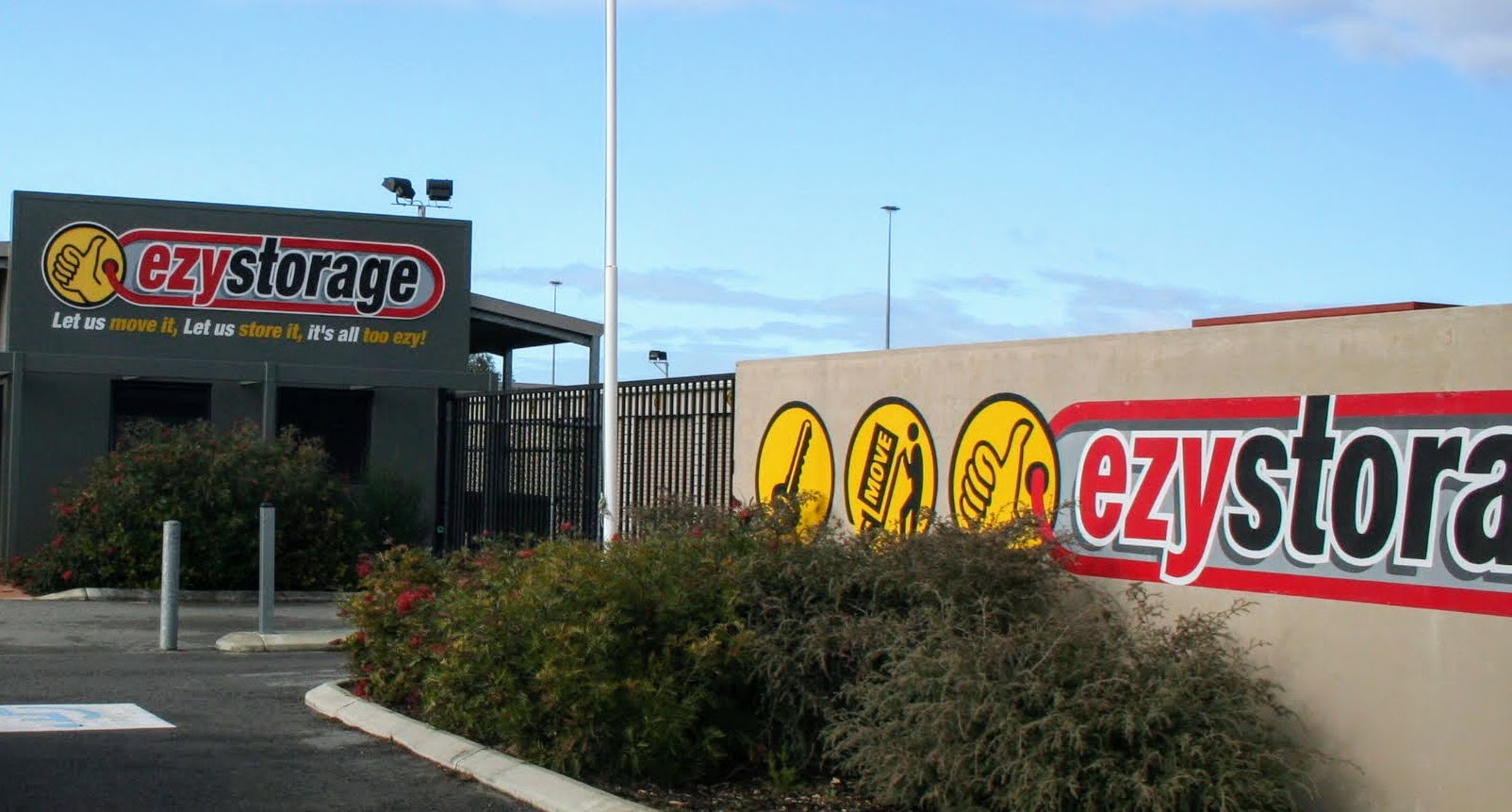
Self-storage businesses are stable, passive and in demand.
The self-storage industry has grown from a cottage industry in the 1980s, where families would build and manage an independent facility, to a billion-dollar industry increasingly dominated by large companies that manage and own facilities. There are around 1000 self-storage facilities Australia-wide.
There are two components to a self-storage facility.
- The Storage Business
Self-storage businesses are stable, passive and in demand. Larger facilities have an onsite property manager, and sometimes there’ll be up to 1000 storage units in variable sizes. Each storer signs a storage agreement and is billed monthly. Storers rarely access their units and a standard facility has around 50:50 ratio of businesses to domestic customers. Domestic customers might store household furniture, wine, hobbies, or cars. Business customers might store files, stock or archives. One of the most beautiful features about a self-storage facility is that the total income is stable, though it does take a bit of time to fill the facility at the beginning. - The Land & Buildings
It’s difficult to define a typical storage facility, but it’s not uncommon for an ordinary facility to have a total building area of around 5000 sqm and be located on 1Ha of land. Ideally it’ll be located on a main road or highway for prominent signage and access.
Why are self-storage facilities attractive businesses for investors?
Firstly, self-storage facilities have multiple storers, which spreads the income risk. In any other kind of commercial property, the loss of several tenants would have a substantial negative impact on the viability of the investment. A large self-storage facility, on the other hand, might have 1000 storers paying monthly rent, so the loss of a few tenants has little impact—this makes for a very secure investment.
Also, the self-storage sector is expecting its recent strong growth to continue, due to changes in Australia’s demographic profile. Lower home ownership rates, higher density living and a shift to downsizing mean that self storage is an increasingly important part of the way individuals and families manage their belongings.
Recent consolidation in the industry, too, bodes well for the future of the sector. Self-storage facilities are now owned by bigger companies, with bigger advertising and marketing budgets, and more resources to build facilities closer to consumer demand. As the industry becomes more main-stream, more and more Australians will realise it’s cheaper and more convenient to rent a storage unit than buy a bigger house.
And, most importantly, self-storage facilities need lots of land—up to 1HA of land. As always, it’s land that goes up in value—buildings, on the other hand, depreciate over time. Quality real estate investments will deliver a land value increasing faster than the building is depreciating. Because self-storage facilities are predominately located on main roads and highways, they hold some of the most valuable and flexible commercial land available. This is because main road property can be used not just for storage, but also for office, residential, or commercial developments. Having land which is adaptable maximizes value.
This is where things get interesting. Owners of self-storage facilities own a turbo- charged investment. With these big parcels of quality land, capital gain is maximized. The buildings are, in the main, simple metal sheds that are inexpensive to build, which minimizes depreciation costs. And the benefits don’t end there. Repairs and maintenance are low because most renters don’t access the facility very often, if at all. There’s little wear-and-tear on the facility’s infrastructure.
So what is the future of storage?
Today, the self-storage industry is highly developed and dominated by huge storage companies. There is a supportive industry body which has a regular annual conference and quarterly training and events where operators collaborate and share their thoughts on the most efficient and profitable practises. There’s software to with facility management, and you can now even remotely open security gates with the use of an app on your phone. In so many ways, it’s easier to own a self-storage facility now than what it was in the 1990s.
It is unlikely that our culture of storing things will change anytime soon, but competition from the main players is intense and getting more intense as they buy and build more facilitates and dominate with nationwide marketing, advertising and aggressive discounting.
A self-storage facility integrates all the important features for an investor: stable income underpinned by multiple rent payers, and highway or main road frontage. They’re terrific investments that contribute to investors’ financial sustainability.
